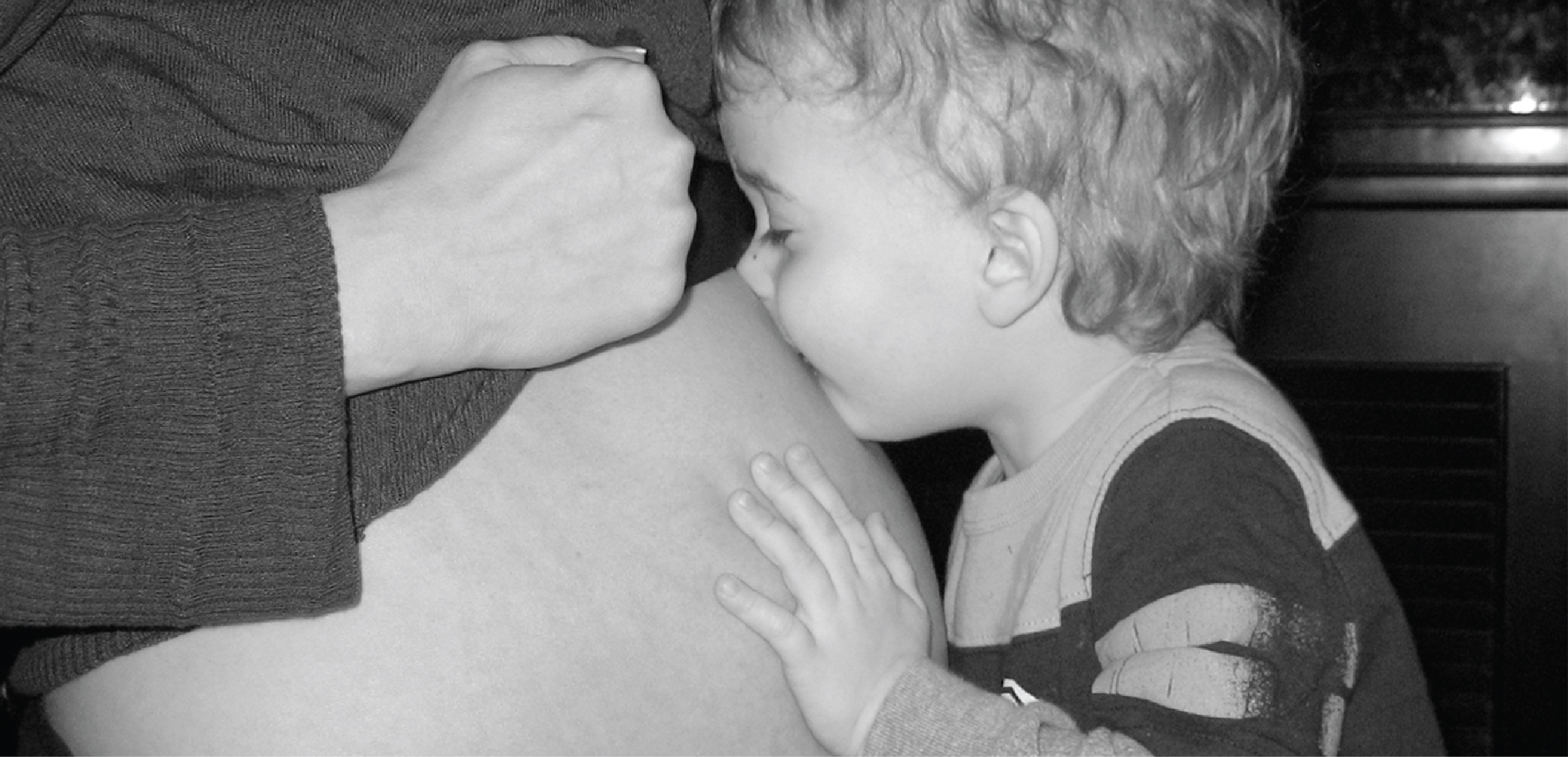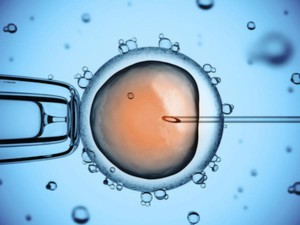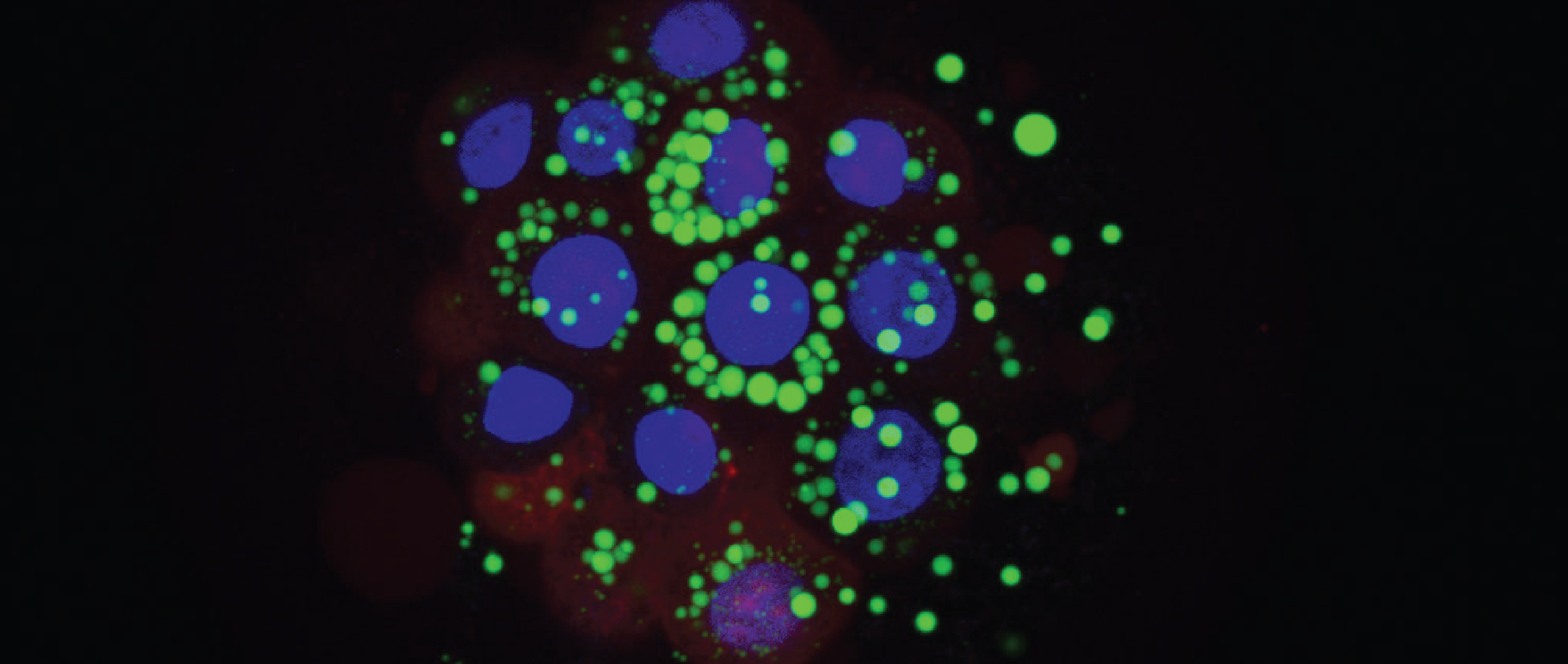Axe 1
Développement précoce, fœtal et périnatal
Au sein du CRDSI, les chercheurs s’intéressent aux processus développementaux tels la gamétogenèse (production des gamètes mâles et femelles), la gonadogenèse (différenciation des gonades et de ses types cellulaires spécialisés), l’embryogenèse précoce, le développement fœtal et périnatal, et la régulation hormonale de la puberté.
Du côté mâle, Guylain Boissonneault s’intéresse au processus de la spermatogenèse et comment l’extrême compaction de l’ADN peut se faire tout en conservant l’intégrité du matériel génétique. Suite au relâchement des spermatozoïdes dans la lumière du tubule séminifère, il a été démontré notamment par Robert Sullivan et Clémence Belleannée que plusieurs modifications surviennent aux gamètes leur permettant d’acquérir leur pouvoir fécondant durant le transit dans l’épididyme. En préparation à la rencontre avec l’ovule, le spermatozoïde doit subir plusieurs changements structurels importants afin de lui permettre de traverser les différentes couches protectrices de l’ovule en vue de la fécondation. Pierre Leclerc et Janice Bailey étudient les mécanismes fondamentaux de la cascade moléculaire qui caractérise le pouvoir fécondant du gamète mâle. Robert Viger et Jacques J Tremblay apportent leurs connaissances en biologie moléculaire et en endocrinologie dans l’étude du réseau de facteurs moléculaires et hormonaux qui contrôlent la morphogenèse et la différenciation des cellules somatiques (Sertoli, Leydig) du testicule—des expertises qui nous aident à mieux diagnostiquer le grand spectre de désordres de développement sexuel, des anomalies du développement fréquemment vues dans la population humaine, mais encore peu comprises.
Du côté femelle, Marc-André Sirard et François Richard étudient la folliculogenèse qui correspond au recrutement et à la croissance des follicules ovariens. La croissance de chaque follicule est soutenue par l’effet combiné de plusieurs hormones qui stimulent la croissance du follicule et du gamète qu’il contient. Les connaissances sont encore très limitées quant à la succession d’étapes et de signaux qui mènent à la production d’un follicule au sein duquel l’ovocyte a acquis les compétences nécessaires pour soutenir le développement post-fécondation jusqu’à ce que l’embryon prenne en charge sa propre destinée. François Richard étudie comment les cellules du follicule contrôlent la maturation de l’ovocyte alors que Marc-André Sirard étudie comment ces signaux influencent la qualité de l’ovocyte. Tel que mentionné, la qualité de l’ovocyte est déterminante au succès de l’embryogenèse. Claude Robert étudie les échanges entre les cellules somatiques du follicule et l’ovule et leur impact sur le devenir de l’embryon.
Les intérêts des chercheurs du CRSDI ne s’arrêtent pas avec le développement de l’embryon précoce mais se poursuive avec le développement fœtal et périnatal. L’équipe de Yves Tremblay s’intéresse au développement foetal et l’expression génique des enzymes de la stéroïdogenèse spécialisées dans le métabolisme des stéroïdes sexuels, dans le placenta et le poumon fœtal. En effet, les androgènes synthétisés par le poumon fœtal et l’œstradiol par le placenta contrôlent par leurs expressions tissulaires spécifiques des évènements clés du développement fœtal et, dans les deux cas, un dérèglement spatio-temporel dans le métabolisme de ces stéroïdes durant la grossesse est directement relié à des pathologies du développement. Les travaux innovateurs d’Emmanuel Bujold et Nils Chaillet, qui sont à la fois fondamentaux et cliniques, s’attaquent à la problématique de la prédiction et la prévention des grands syndromes obstétricaux (mort in utero, pré-éclampsie, travail prématuré, rupture prématurée des membranes, restriction de croissance intra-utérine).





